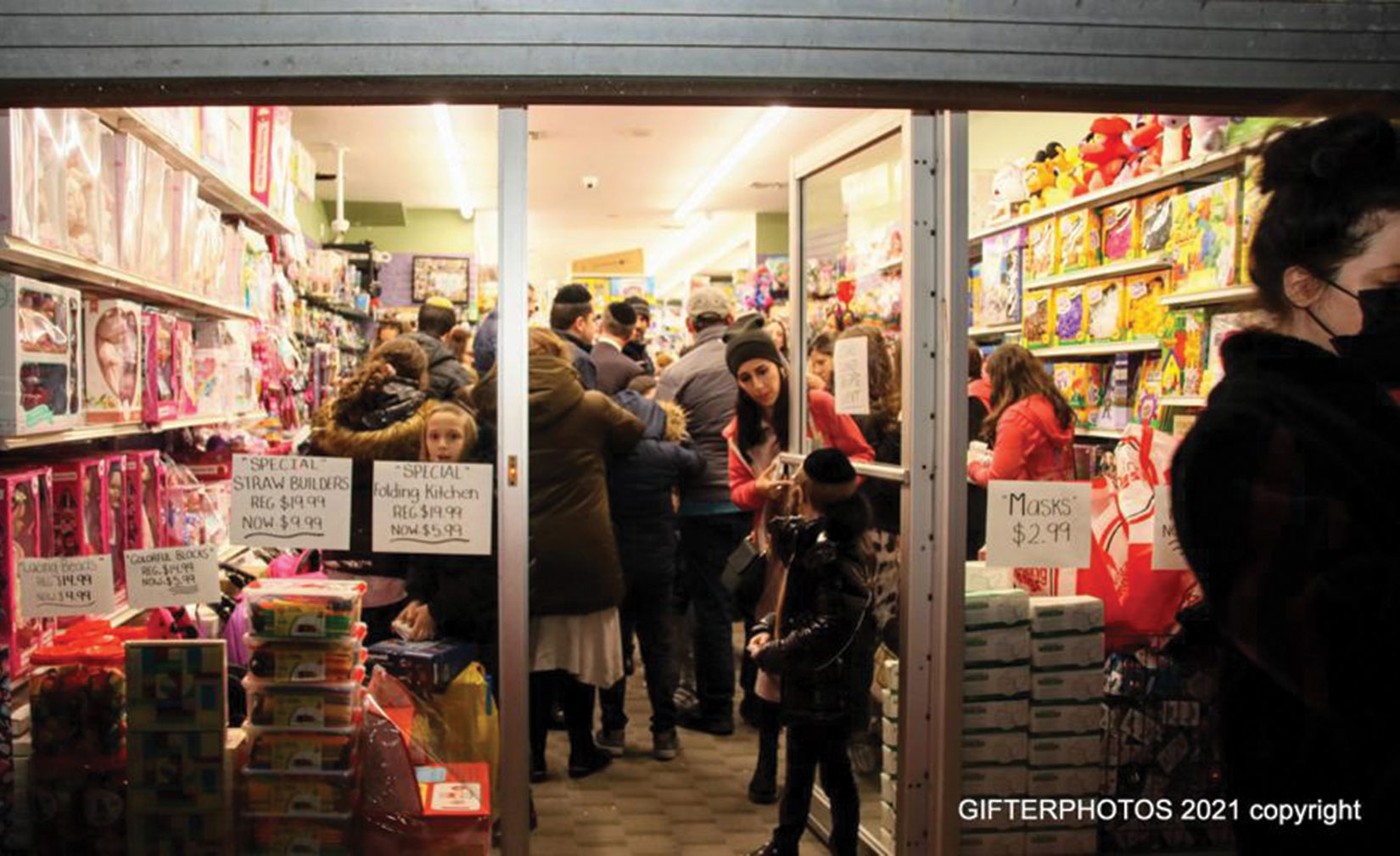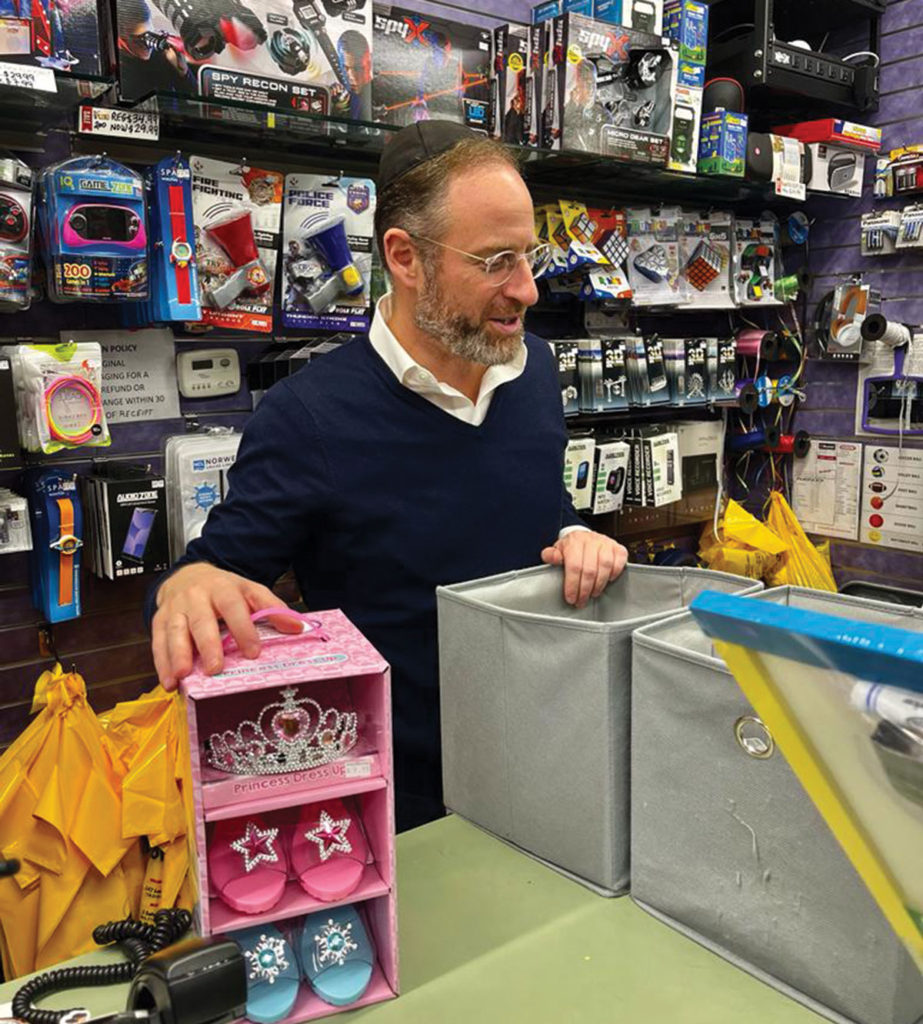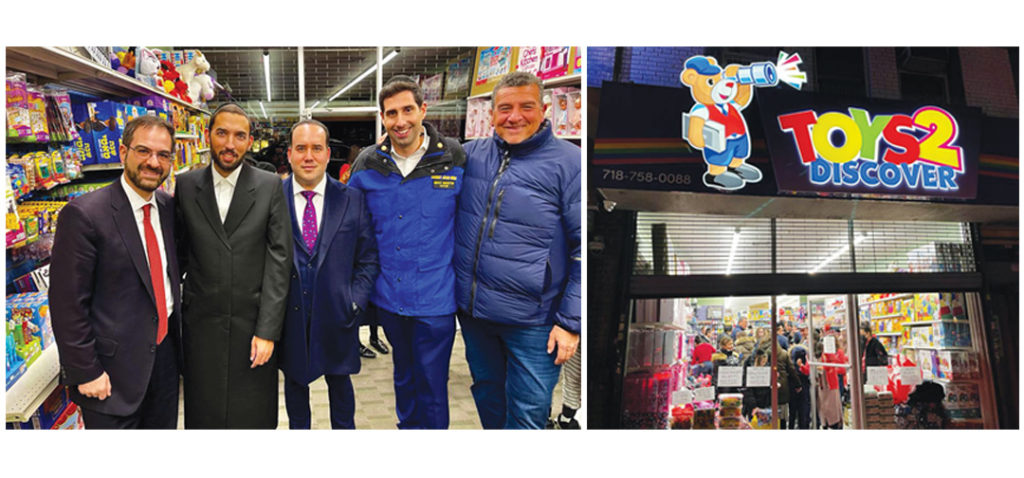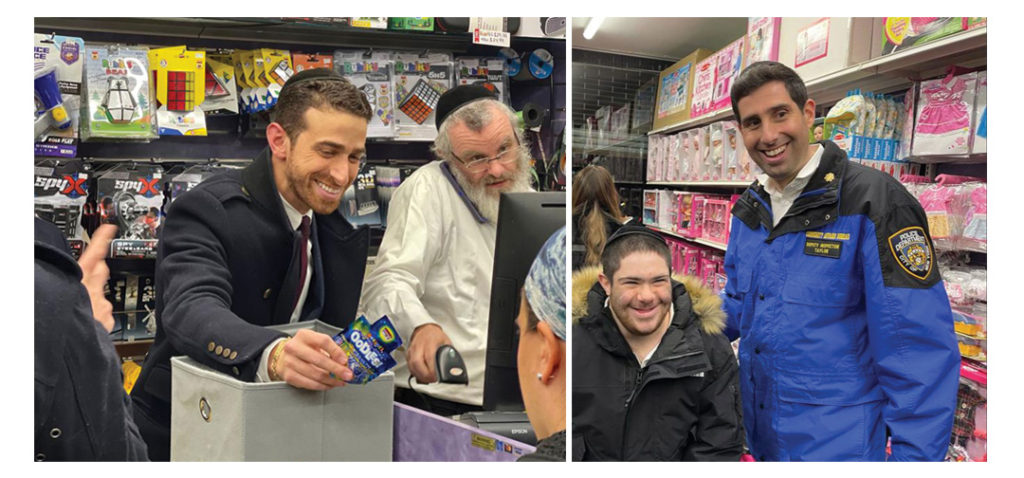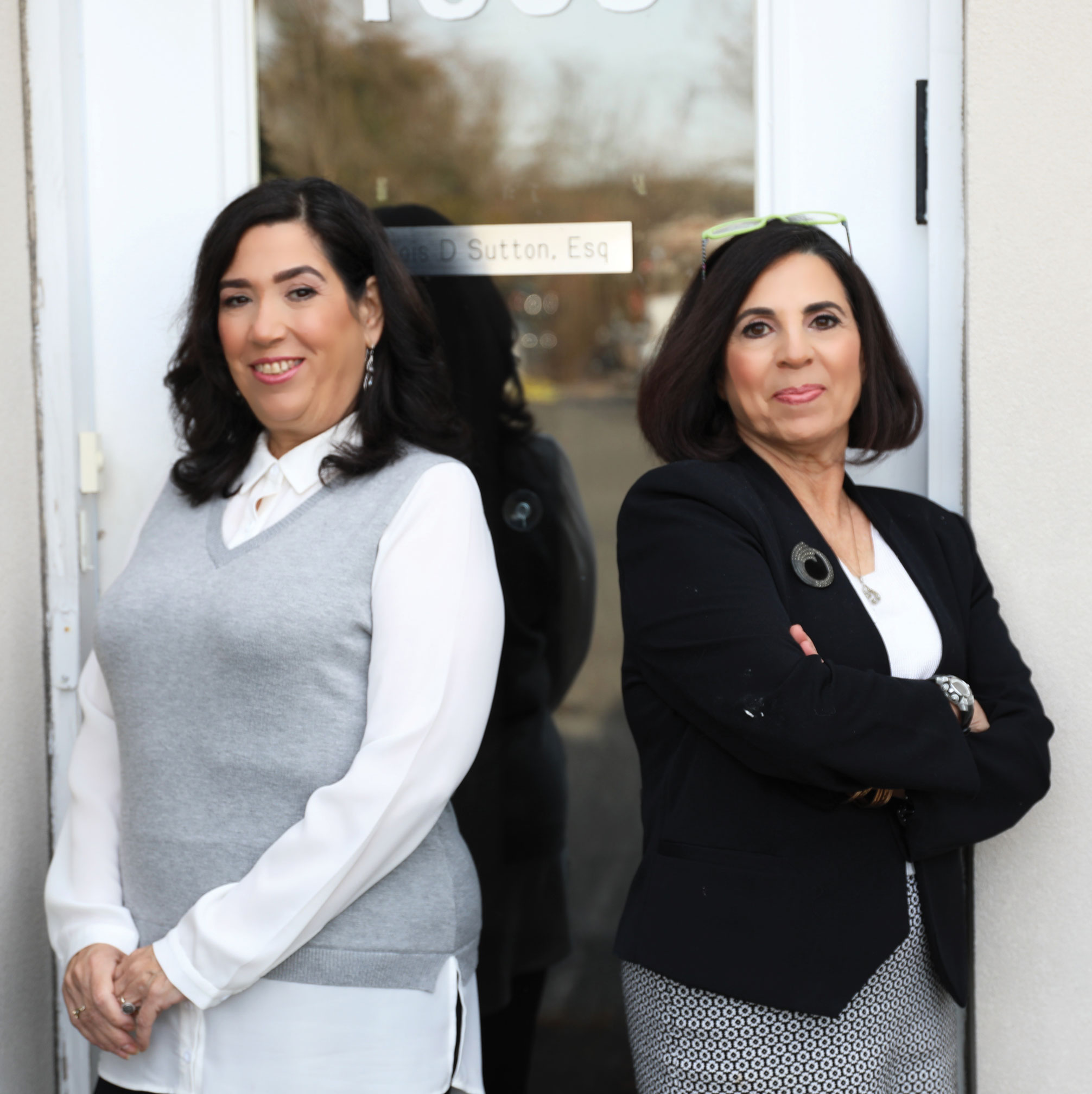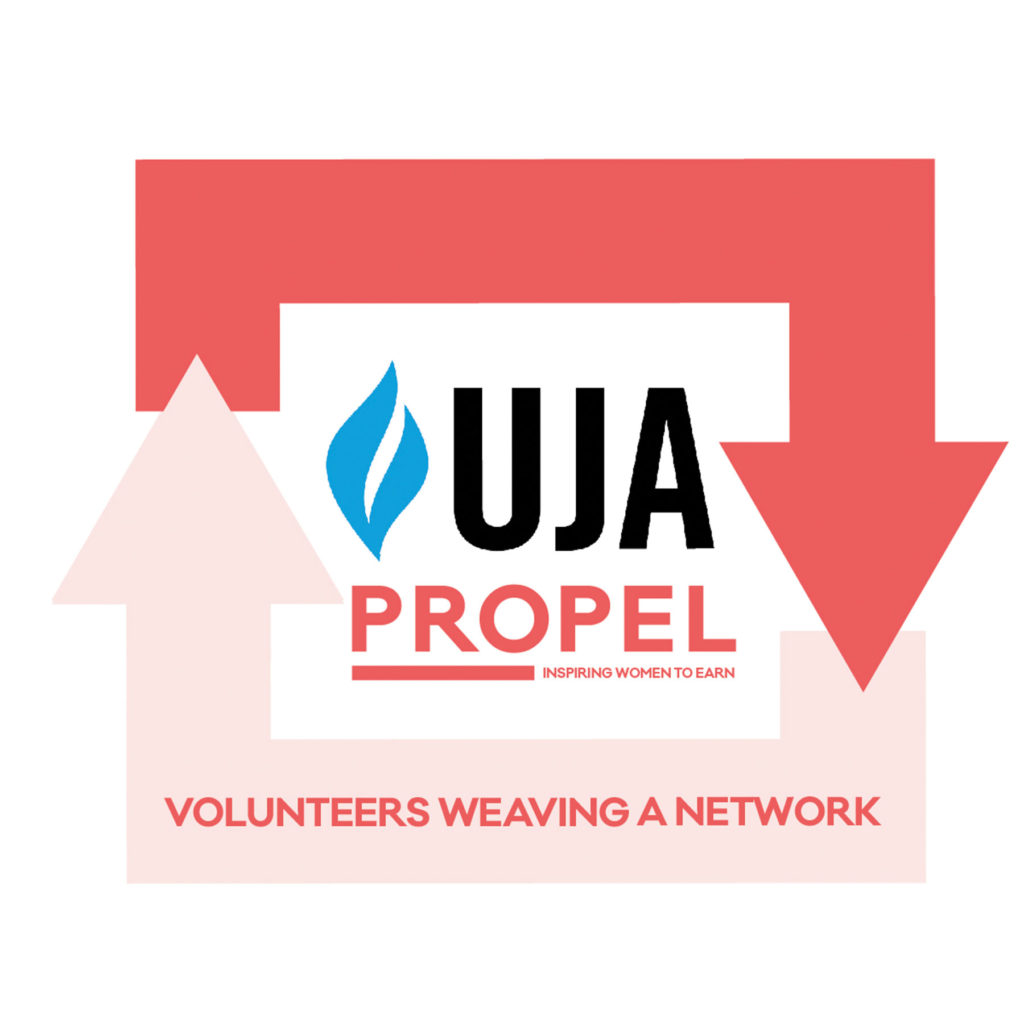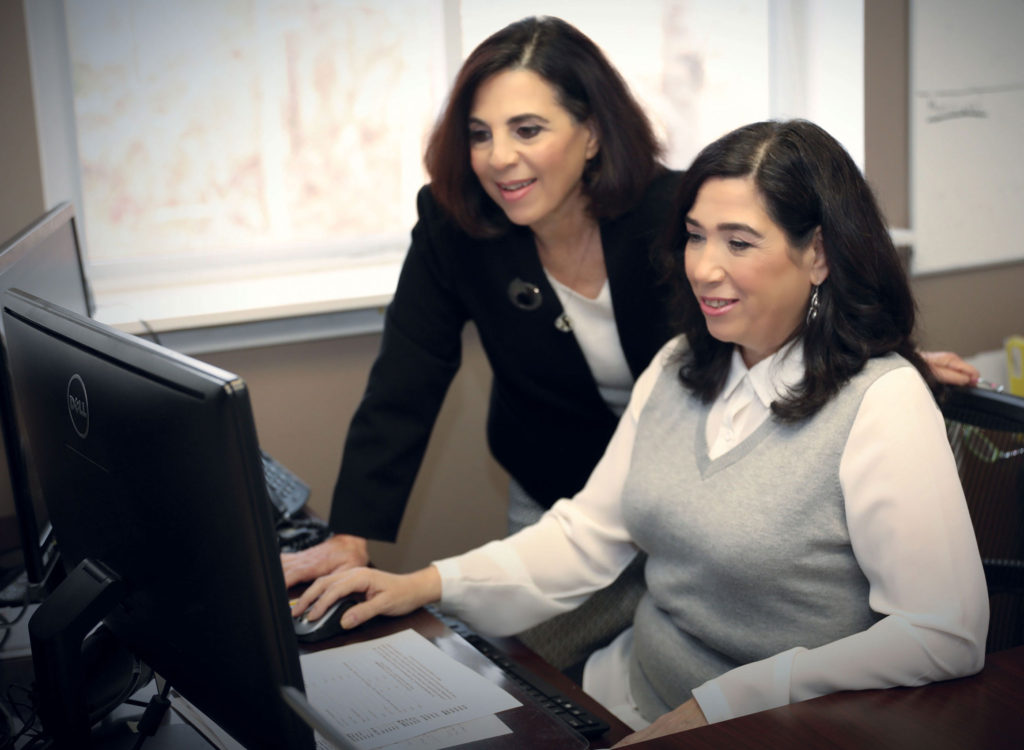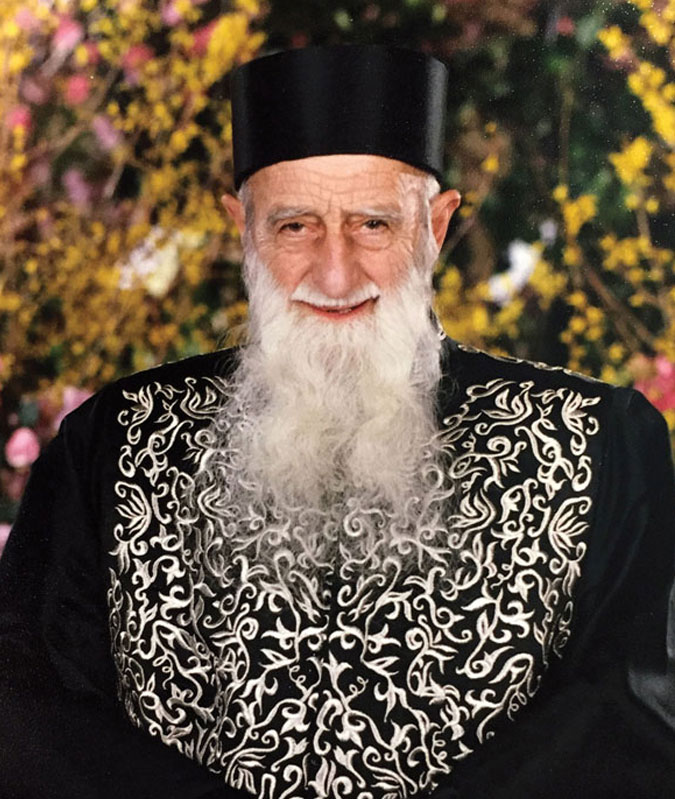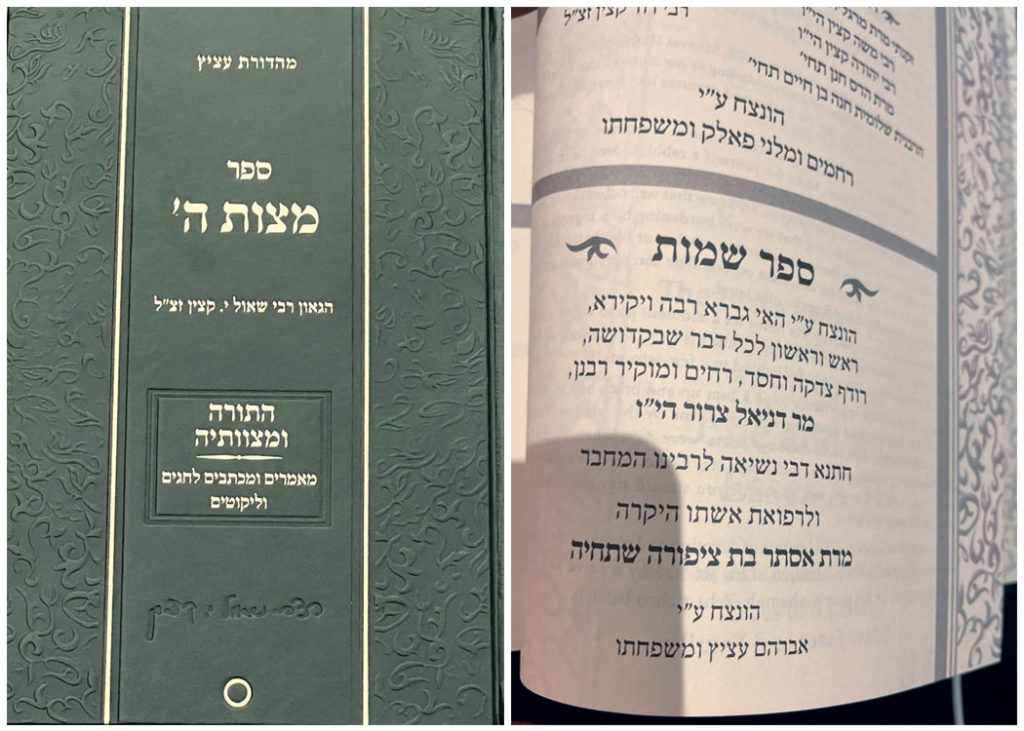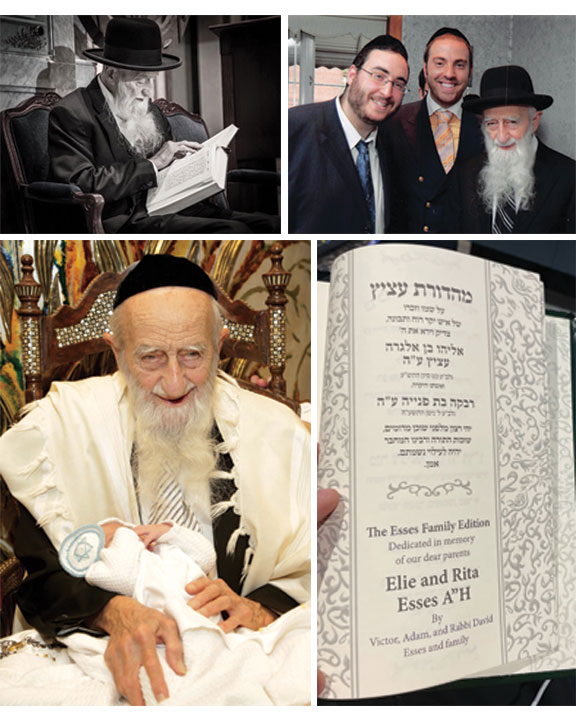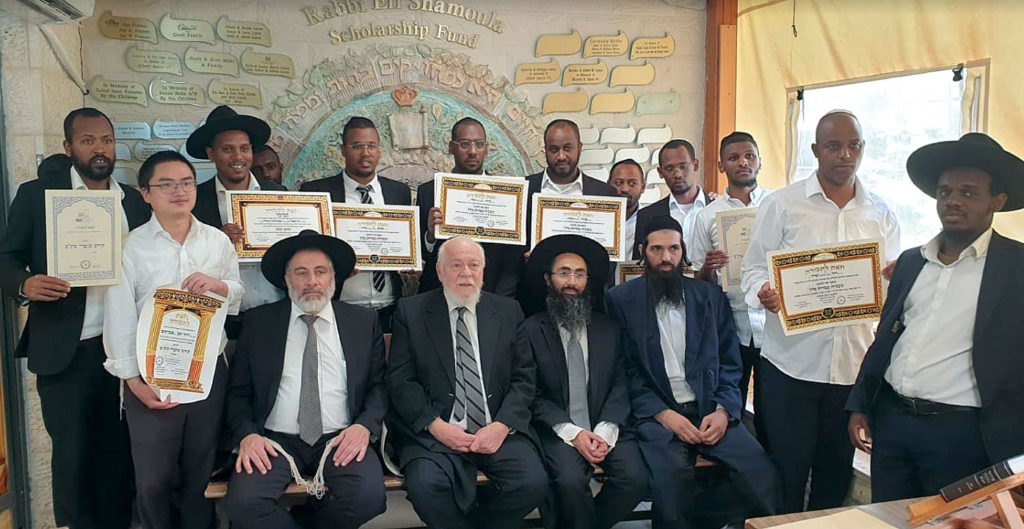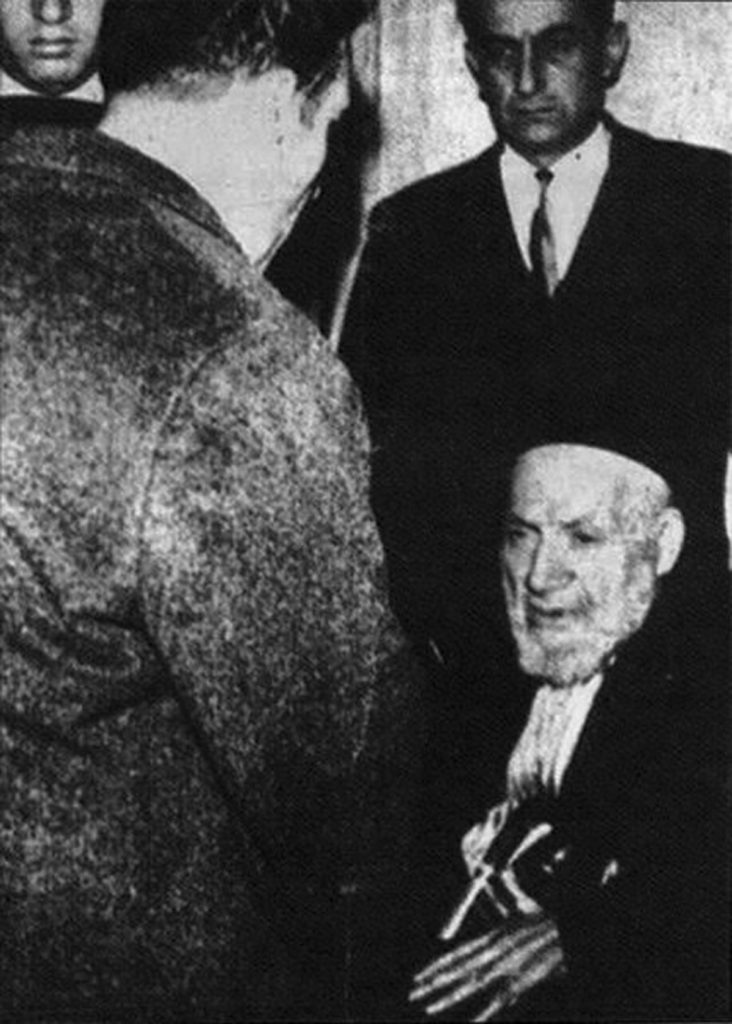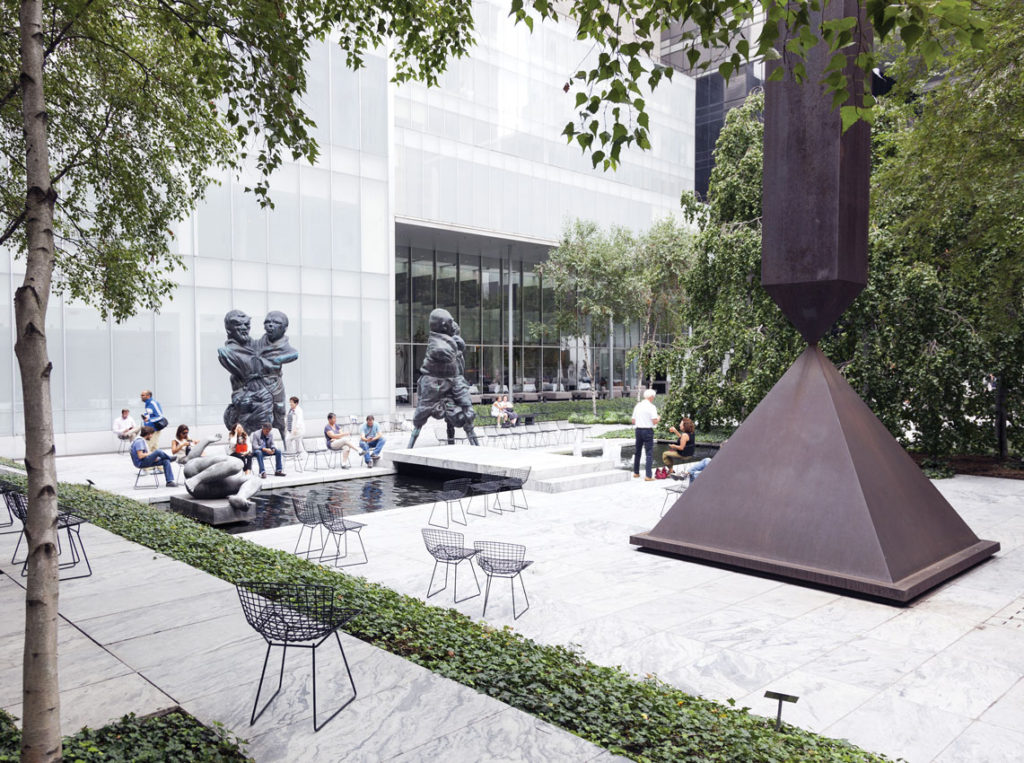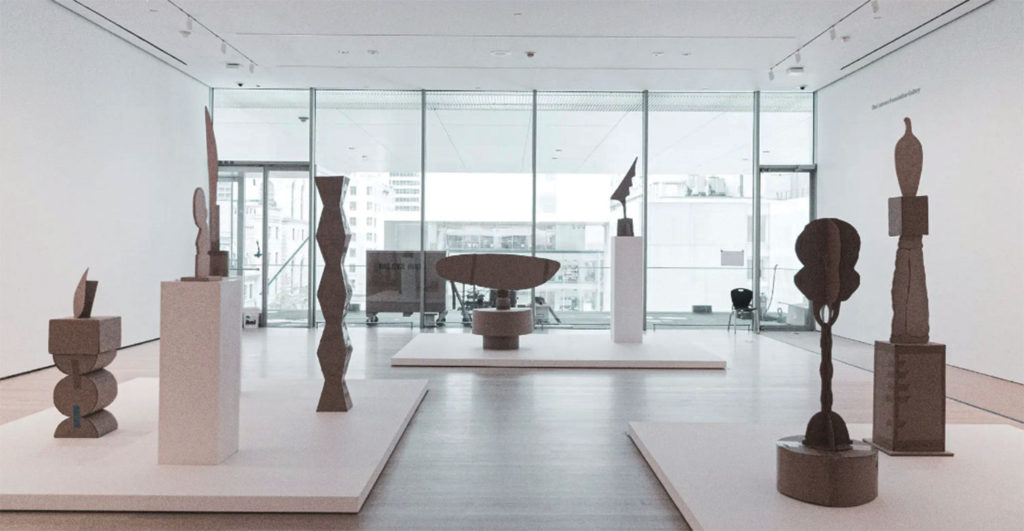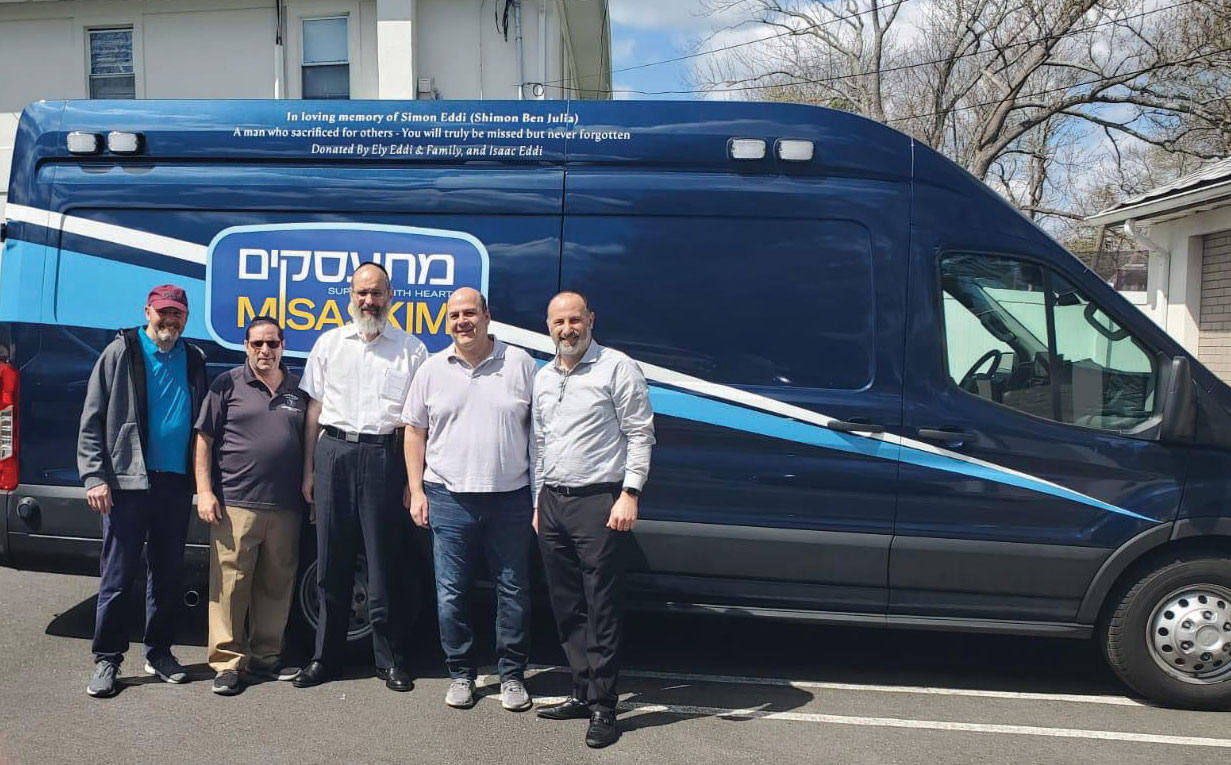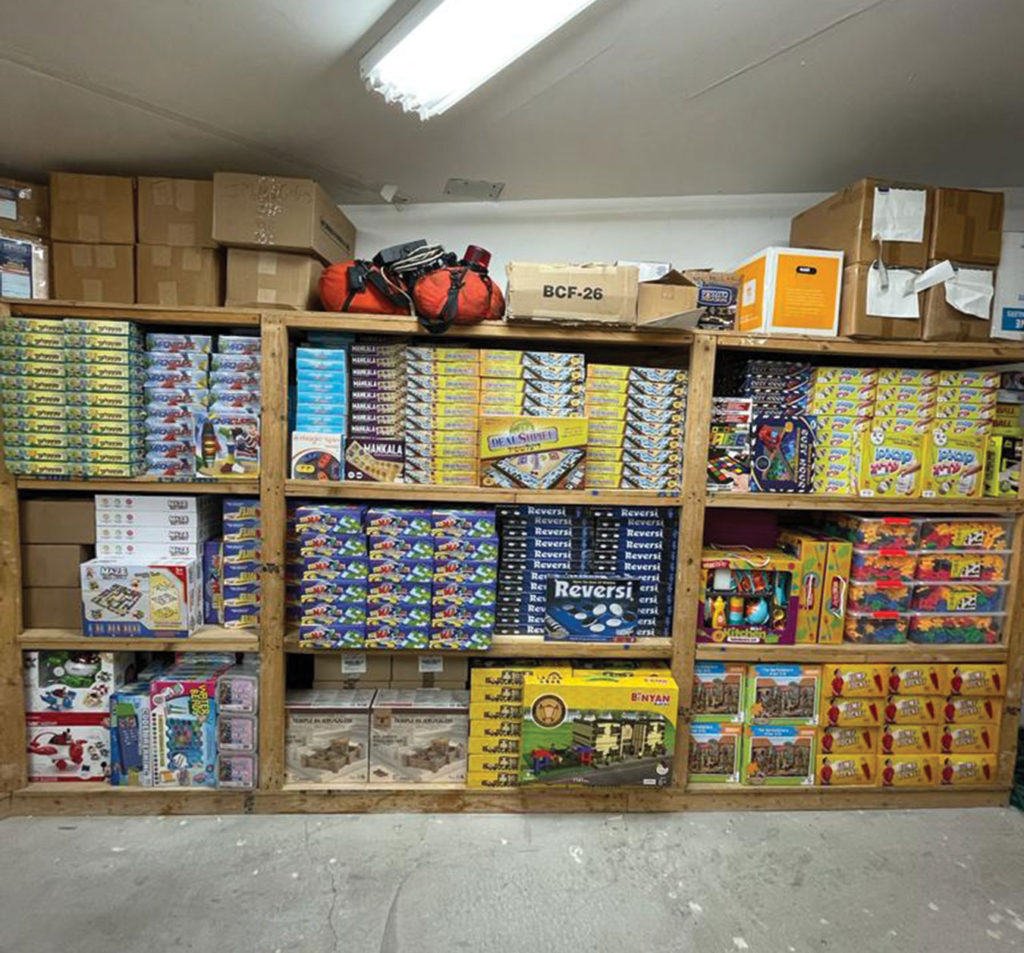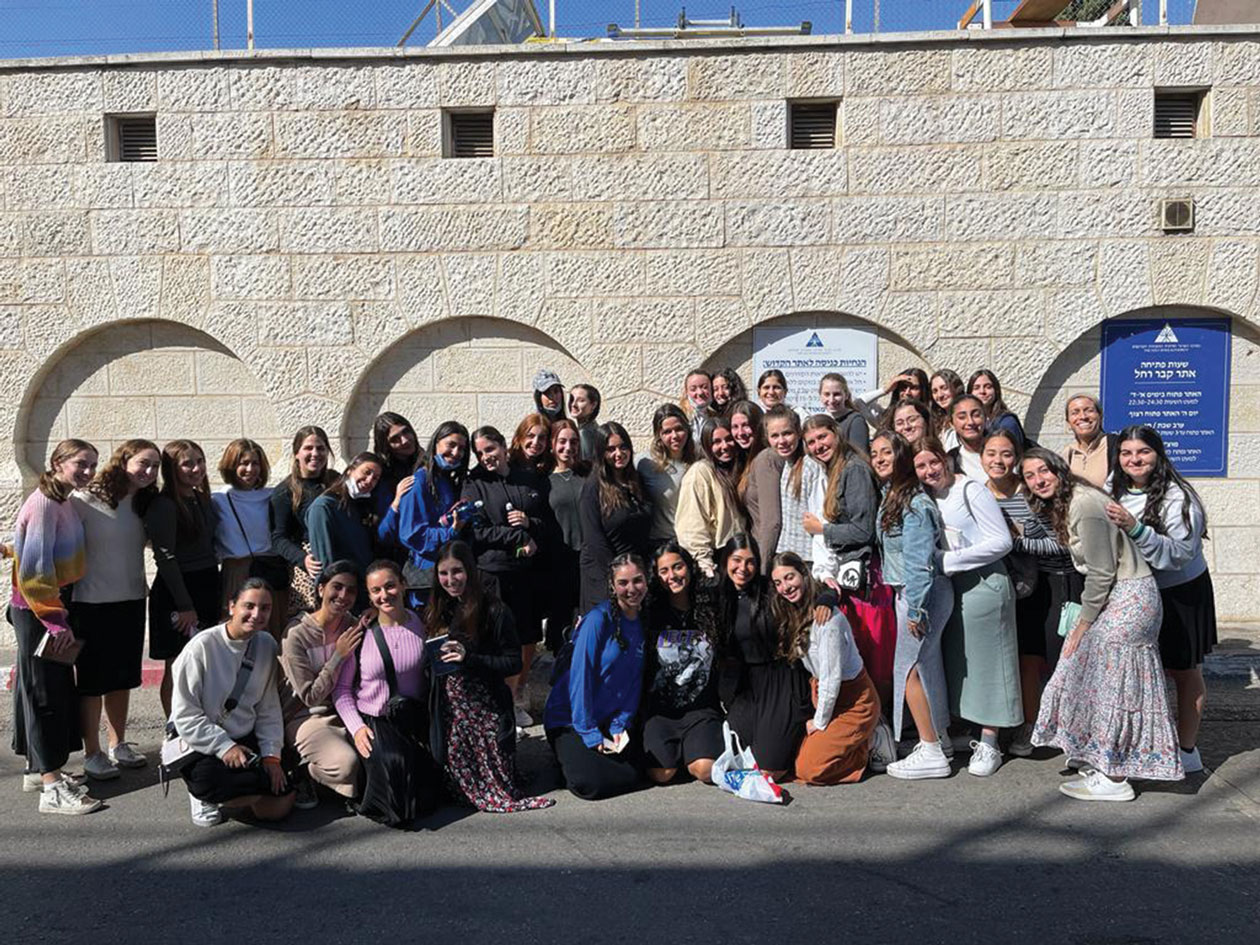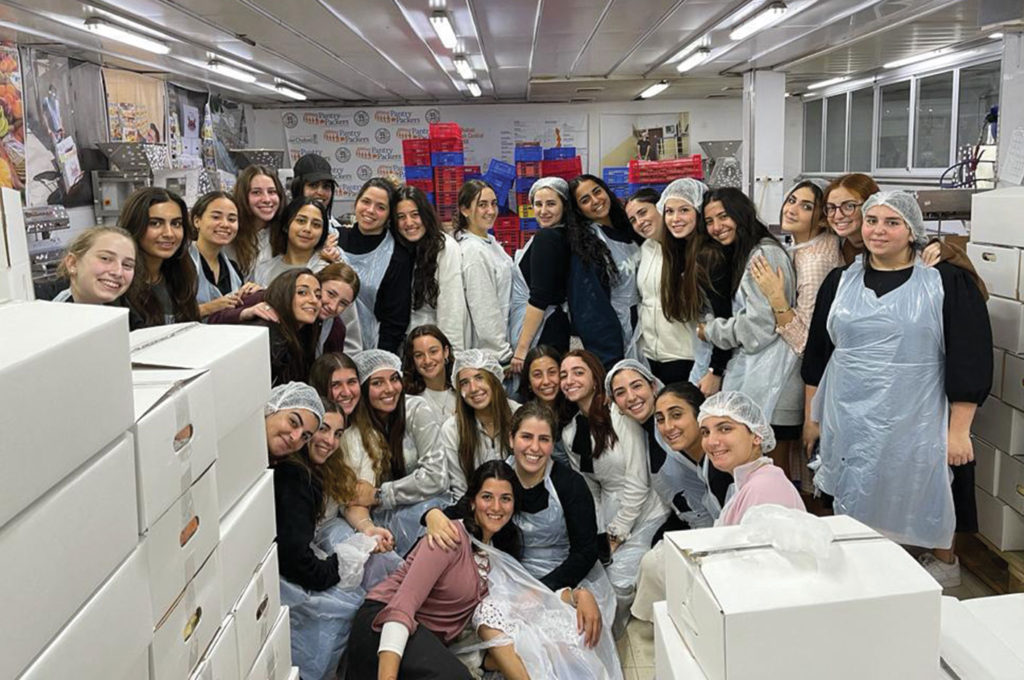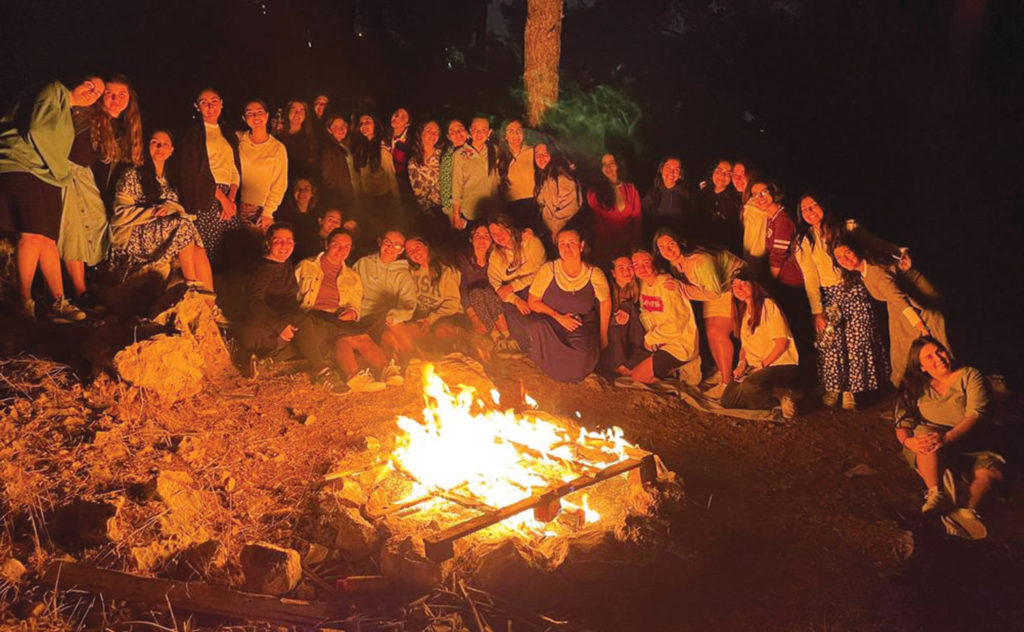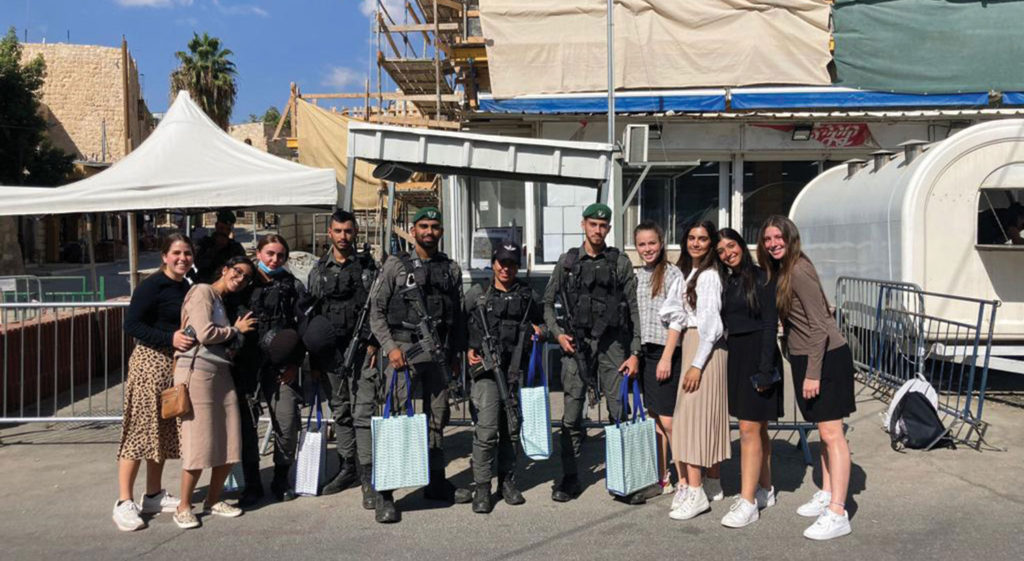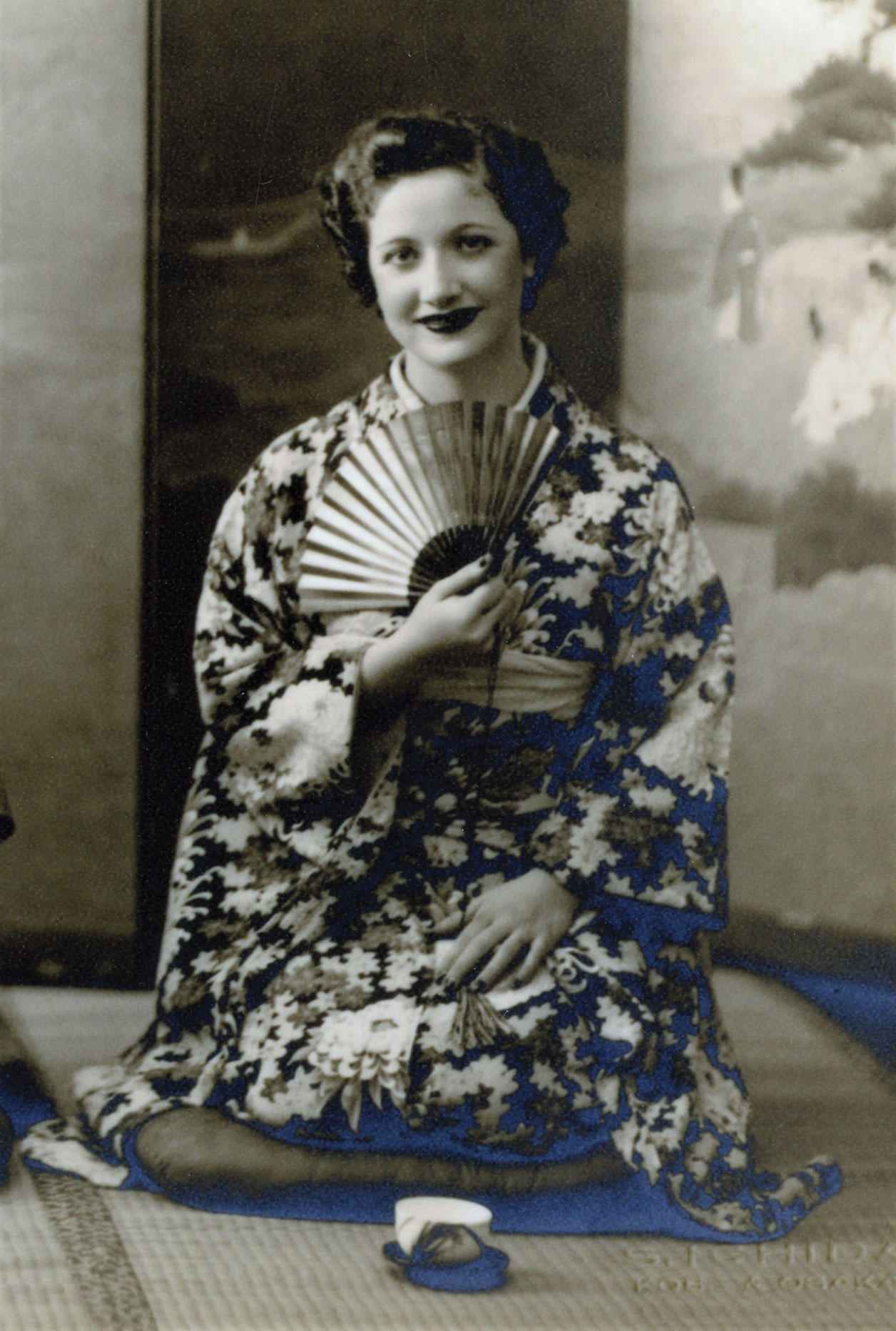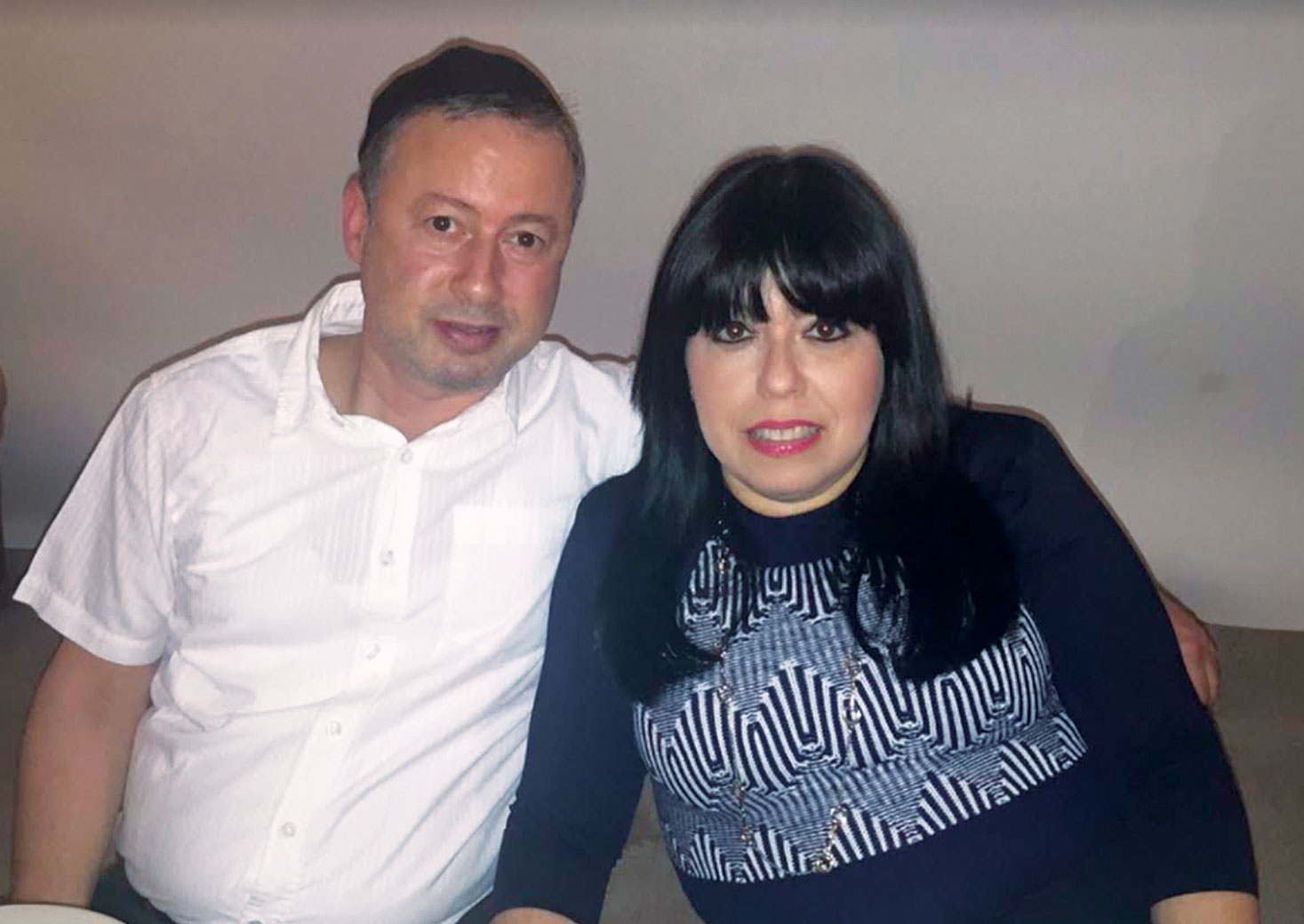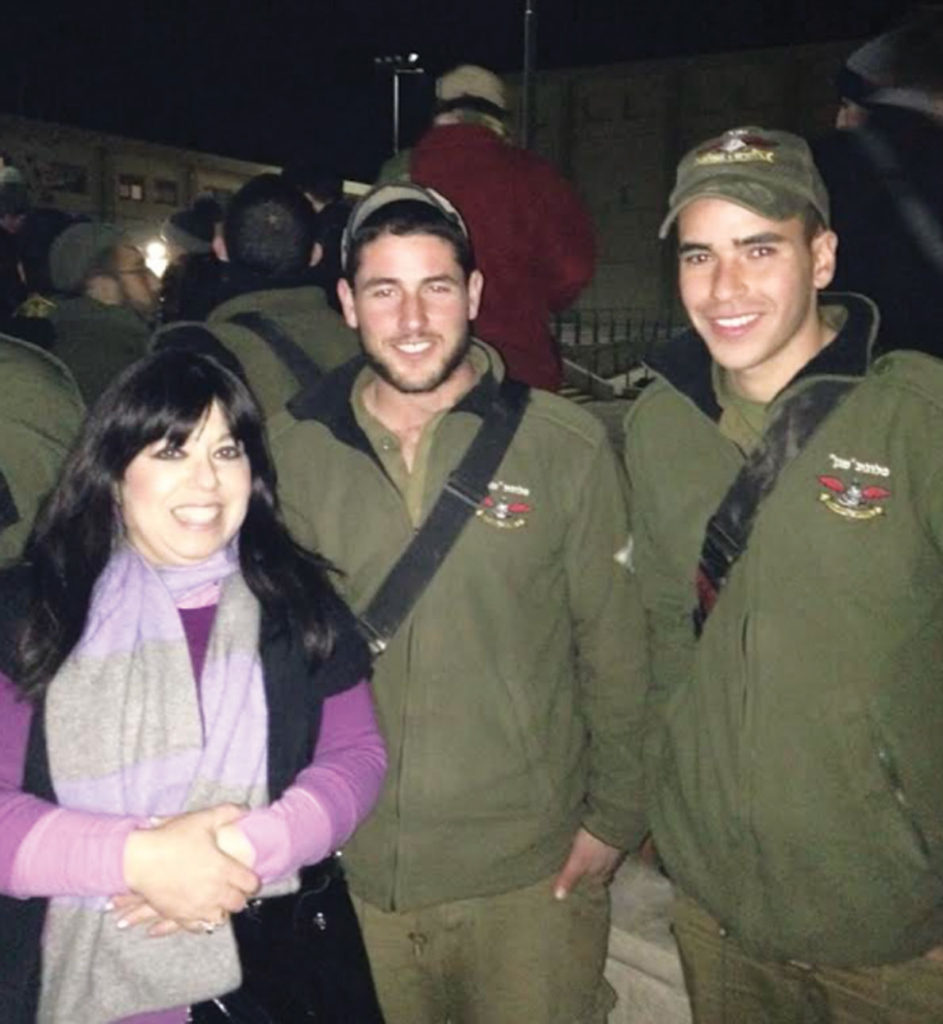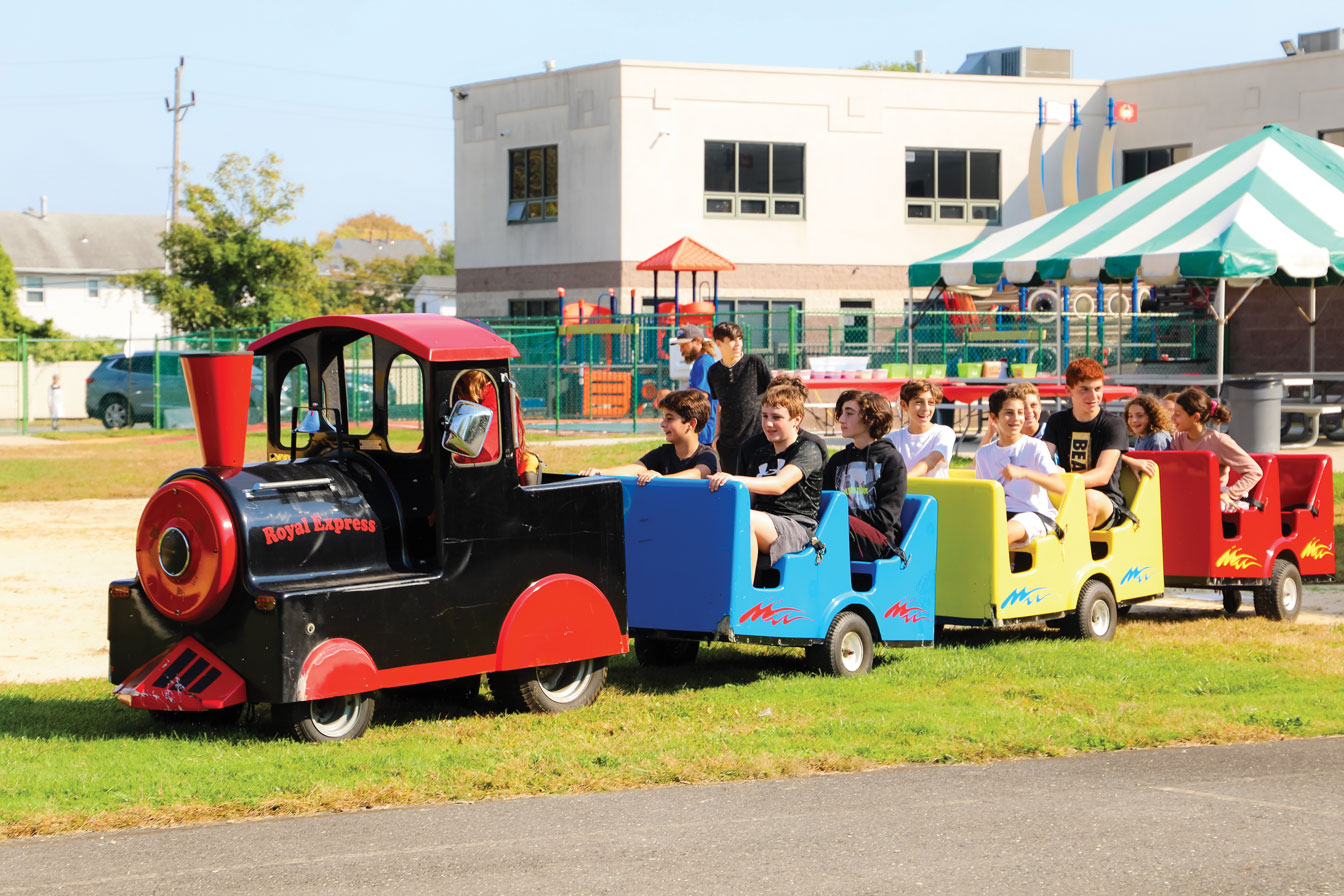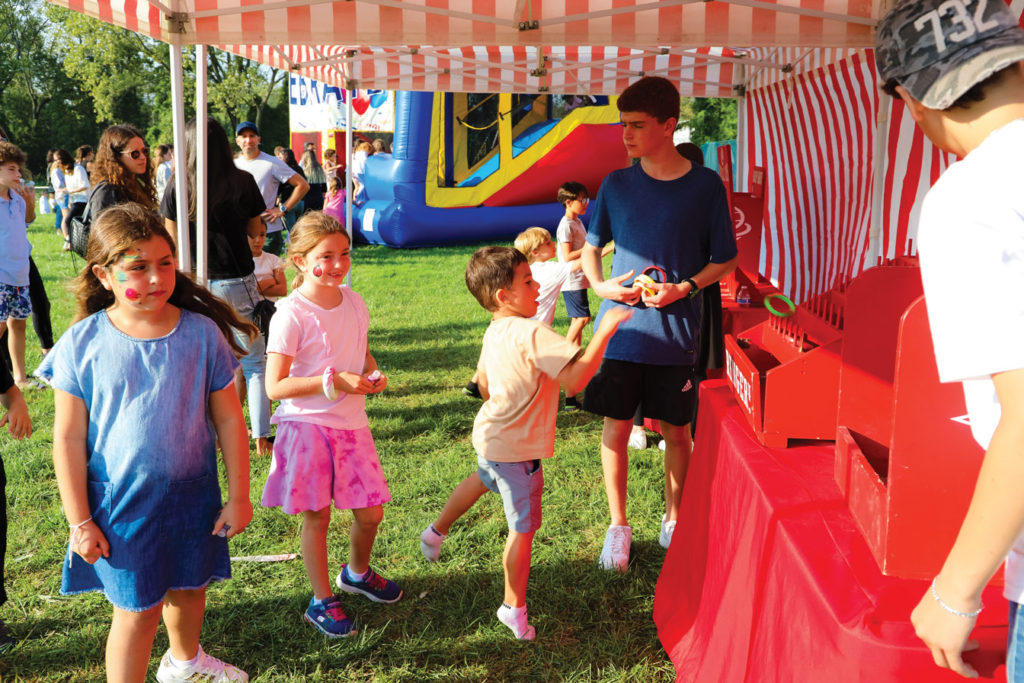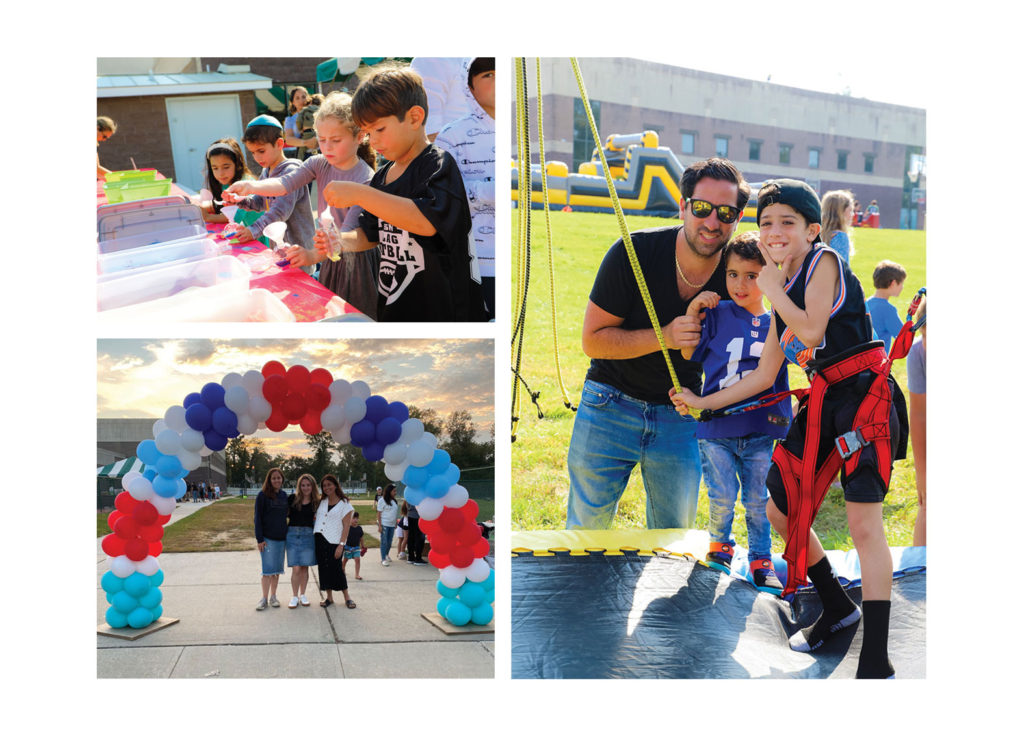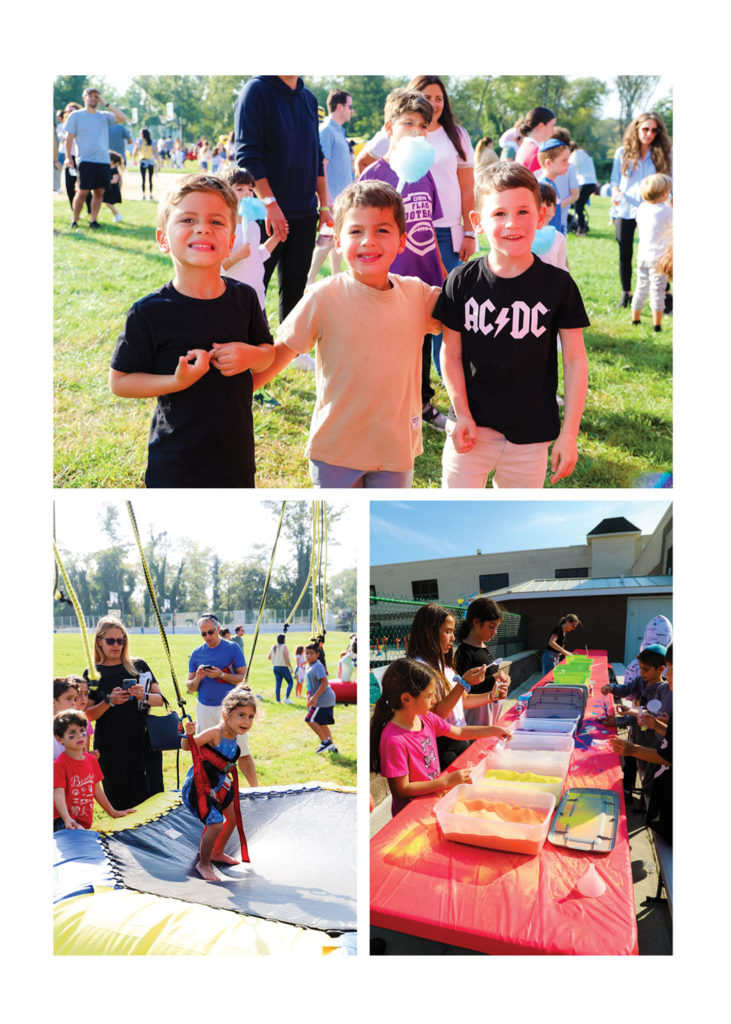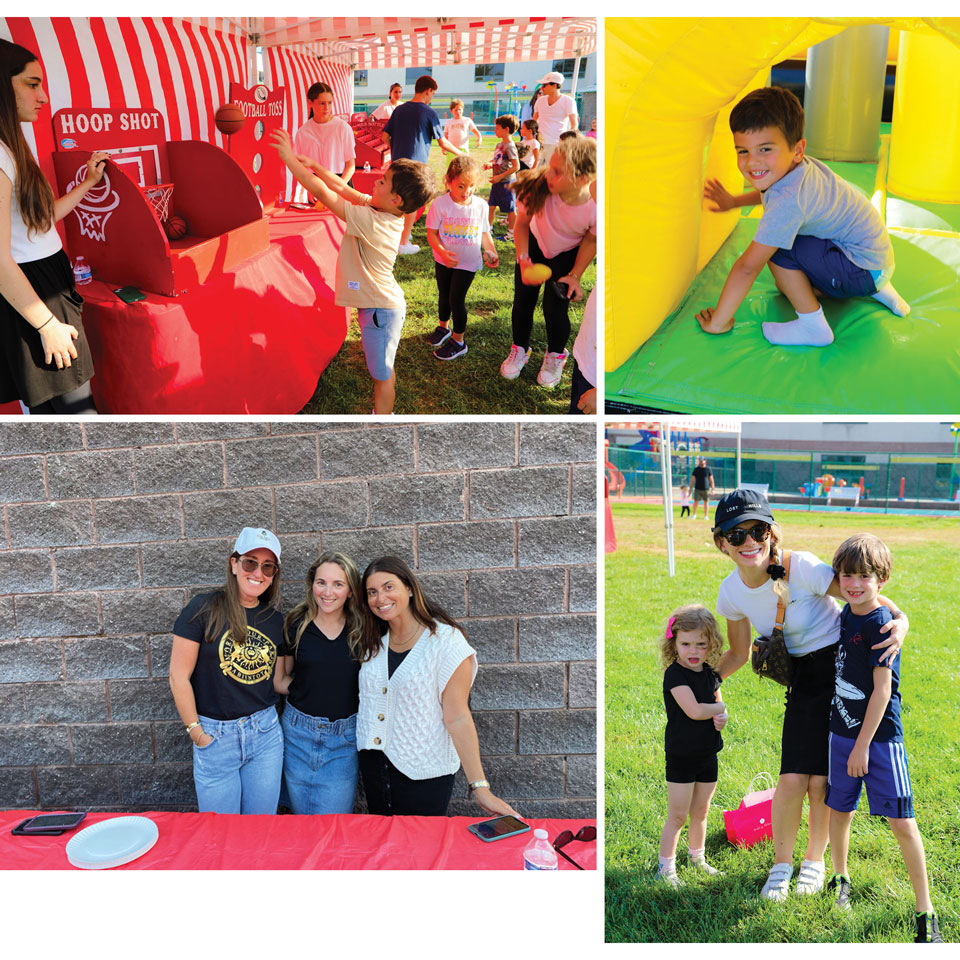HOW TO BUILD WEALTH WITH HEART, INTEGRITY & PURPOSE
ARI BAUM, CFP®
HAVE YOU EVER LOOKED AT YOUR FINANCIAL PORTFOLIO AND, TO YOUR DISMAY, DISCOVERED THAT YOU’RE INVESTING IN A COMPANY WHOSE PRACTICES MAKE YOU CRINGE? DO YOU HAVE STRONG BELIEFS ABOUT HOW THE WORLD COULD BE BETTER?
Maybe you support the work of some nonprofit organizations, or you’re involved in taking direct action to make the planet a better place to live. Wouldn’t it be great if you could align the way you manage your wealth with the values that you hold closest to your heart?
Believe it or not, it is possible to make money and still manage it in a way that supports your purpose. In fact, in certain circumstances, ethical investments may potentially outperform their peers.
With so many options now available, strategies that align with your personal values and beliefs can satisfy investing with integrity while still maintaining a diversified portfolio.
However, sometimes it can be difficult to find the right investments. Investment companies may take very different approaches to what might seem like the same value system.
When you want to make sure that your money only supports organizations that you approve of, it’s critical that you know what your purpose is. Do you want to specifically invest only in something that you believe in, or do you want to screen out the ideas that don’t serve your beliefs? Or both?
If you dread finding out that something you disapprove of is in your investment portfolio, you’ve come to the right place. This step-by-step guide is specifically designed for ethical people with strongly held beliefs just like you who are searching for a way to manage their money without losing integrity. While you want to invest with purpose, you also need to make sure that your portfolio can help you reach your financial goals.
As a values-driven investor, you may be asking yourself questions like these:
• Does my current portfolio align with my beliefs, and if not, how can I change it?
• Where can I find investments that get me to my goals, but that I can also feel good about?
• Is there anything I’ve overlooked in my search for ethical finances?
• How can I make sense of all the choices available to me?
If any of these questions had an impact on you, keep reading.
STEP 1: ALIGN YOUR BELIEFS AND VALUE SYSTEM WITH YOUR FINANCIAL GOALS
In your eyes, what constitutes a company with ethics and integrity? Think of a couple of businesses that you would be happy to invest in. Are there certain industries you want to avoid because the entire field is harmful to the world in some way? What are their characteristics?
Connect with what’s deeply important to you. What are you on this planet to do—what is your purpose? What matters most about the impact you want to have on the world? Identify your priorities so you can determine more easily what you want to include and what you prefer to exclude.
Once you’ve harnessed the power of your own purpose, consider your financial goals, too. One of them is likely building a nest egg for retirement, but you may have others as well. You want your investments to do well (in terms of performance) and to do good (in terms of ethics). But don’t worry, those two categories are not always mutually exclusive!
STEP 2: TRANSFORM YOUR CURRENT PLAN INTO A PURPOSE-DRIVEN SRATEGY
It’s pretty common for people to save for retirement without really having a concrete plan for their nest egg. Often, they decide to save “as much as they can.” Many times they invest in securities that people they know have recommended. Saving and investing in something is better than nothing, but this isn’t a plan that’s likely to get you to where you need to go.
Think of a couple of businesses that you would be happy to invest in.
On the other hand, you might have someone who’s knowledgeable about money helping you with a financial strategy. But while they understand the stock market, they don’t understand your value system. Or they may not understand how to invest specifically in alignment with your beliefs.
You might have a strategy, but your heart isn’t in it.
Either way, you don’t have an approach that unites your values with your financial goals. Aligning your beliefs and your investments requires some forethought on your part. It’s critical to develop a framework with the timelines for your goals as well as the plan to get you to those goals and ensure that all the tools you’re using line up with your values.
That way you can reimagine your plan to account for both financial and non-financial desires, without giving up either. You’ll need to understand what’s currently in your portfolio, and what might need to change so that you can finally feel good about your investments.
STEP 3: MAKE AN IMPACT WHILE BUILDING YOUR WEALTH
You can help build a better world for your family and your community, and also pursue your financial goals.
Many folks are content to invest without considering their values and simply donate to the charities of their choice. But by investing in ways that you can ethically support; you’re living your values every day.
STEP 4: VET YOUR INVESTMENTS
Many companies include purpose and values in their mission statements and many of them don’t live up to their own hype. But how can you tell which is which?
Investing with integrity means results matter. It’s not just about claiming that the company is doing good in the world, it’s about the company actually making a meaningful impact. As a result, examining these companies is key for ethical investors.
STEP 5: FIND ALIGNED INVESTMENTS
You might be wondering where all these wonderful opportunities are hiding. Maybe you’re already aware that there are certain mutual fund families and ETFs whose values are like yours. But you want to make sure you’re not missing out on anything.

You may not want to spend time wading through the thicket of opportunities to find the ones that are just right for you and your family. Even if you’d like to, you may simply not have the availability. You want to spot these investments quickly, ensure that they’re up to your standards, and start investing in them as soon as you can.
Who wants to waste any more time supporting companies you really don’t care for, when you could have an entire portfolio that’s aligned with your ethics? Screening for industries, companies, and investment managers that share your values will help you bring your portfolio into alignment.
TRANSFORM YOUR PLAN TO A HEART-DRIVEN STRATEGY
Imagine knowing that every day that you’re not trading performance for integrity and you’re only supporting companies who align with your ethics. You’re actively making the world a better place with your money.
Because you have a strategy that combines your ethics, your beliefs, and your heart with your financial goals.
The purpose-driven investment world is wide, which means that you have plenty of opportunity to ensure your investment options align with your values.
You’ve already made a wise decision to read through this step-by-step guide. Your next smart move is to schedule a Heart-Driven Planning Session with a financial professional so you can get started with ethical investing.
This material is for informational purposes only. It has been compiled from data considered to be reliable, but we do not make any guarantees regarding accuracy, adequacy, or completeness. Investing involves risk including the potential loss of principal. No investment strategy can guarantee a profit or protect against loss in periods of declining values. Past performance does not guarantee future results. Consult your financial professional before making any investment decision.
Ari Baum, CFP® is the founder and CEO of Endurance Wealth Partners, with over two decades of experience in the Financial Services industry. He brings his in-depth experience to Conceive. Believe. Achieve. for his clients.
Brokerage and Advisory accounts carried by Wells Fargo Clearing Services, LLC. Securities and Advisory services offered through Prospera Financial Services Inc. Member FINRA/SIPC.


